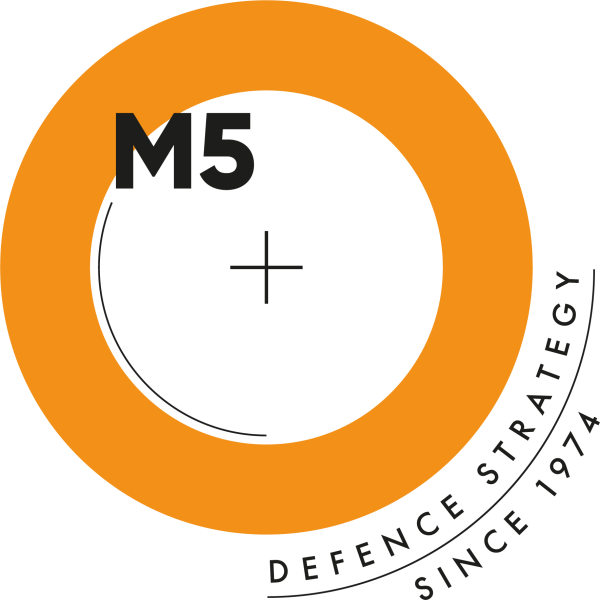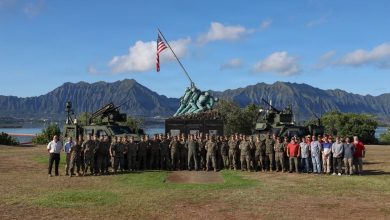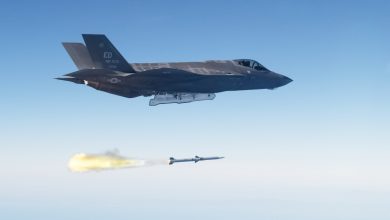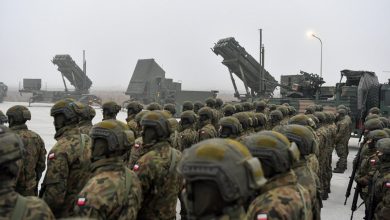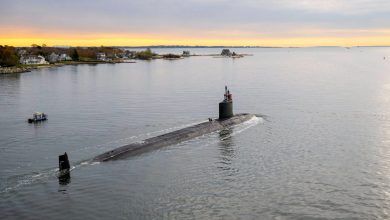Boeing’s MQ-28 Ghost Bat Dives Into Collaborative Combat Trials
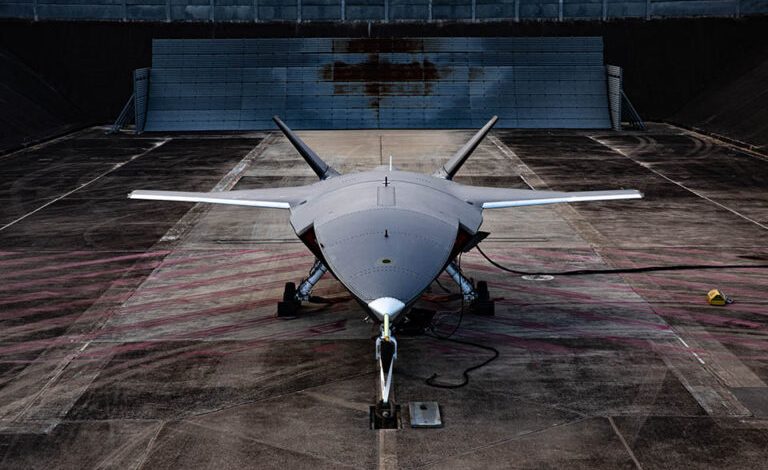
The RAAF and Boeing’s trials validated MQ-28 Ghost Bat’s autonomous combat capabilities, data-sharing functions, and integration with manned aircraft.
In partnership with the Royal Australian Air Force (RAAF), Boeing has put the MQ-28 Ghost Bat to the test, proving its operational viability for collaborative combat.
The uncrewed jet, originally designated as a Collaborative Combat Aircraft (CCA), logged more than 150 flight hours and 20,000 hours of virtual testing under the Capability Demonstration 2025 program.
Completed four months ahead of schedule, the trials confirmed the platform’s autonomous capabilities in simulated missions and its ability to operate alongside in groups as a force multiplier.

The program also validated the CCA’s integration with early warning and control aircraft, with the MQ-28 relaying data between its own units and passing it on to piloted platforms.
“The demonstrations have proven the maturity of MQ-28’s capabilities and the utility of CCA’s and their application to the future force mix,” said MQ-28 Global Program Director Glen Ferguson.
Boeing said the validated features will now feed into the next production model, marking a step beyond prototypes and toward initial operational capability.
Design and Capability
Boeing calls the MQ-28 a “purpose-built” aircraft designed to deliver transformational capability at lower cost and manpower.
Its open architecture enables rapid adaptation to emerging threats, while integrated avionics and sensors facilitate real-time data sharing with nearby platforms, boosting situational awareness.

As a collaborative aircraft, the Ghost Bat is built to act as an extra set of eyes and ears for next-gen fighters, enhancing their survivability and extending the reach of air force operations.
Measuring 38 feet (11.7 meters) long, the MQ-28 can fly more than 2,000 nautical miles (2,302 miles/3,704 kilometers) while costing one-tenth of a conventional crewed platform.
“It is designed to team with existing military aircraft to provide operational relevance, persistence, and survivability in highly contested environments,” Boeing stated on its website.
